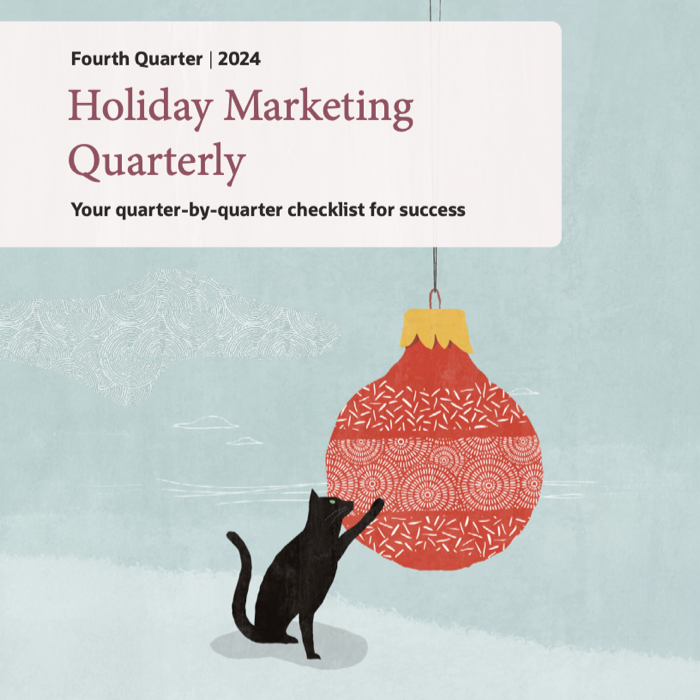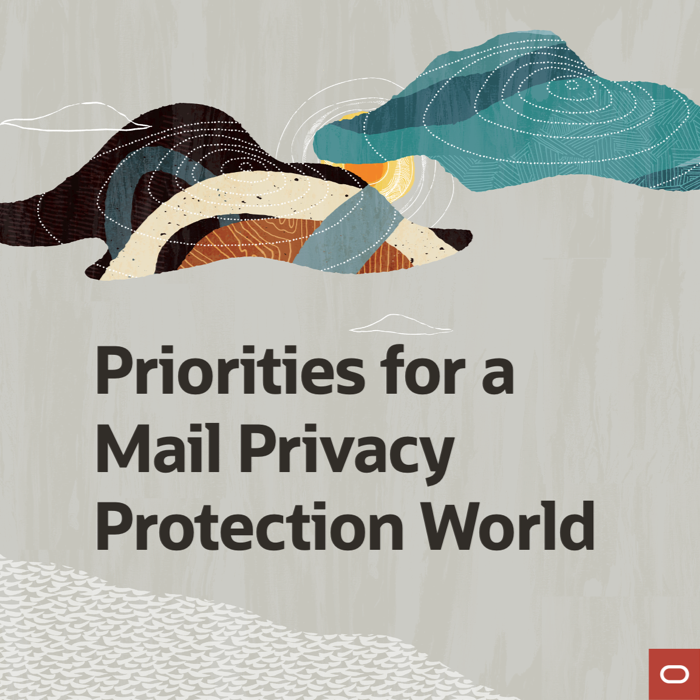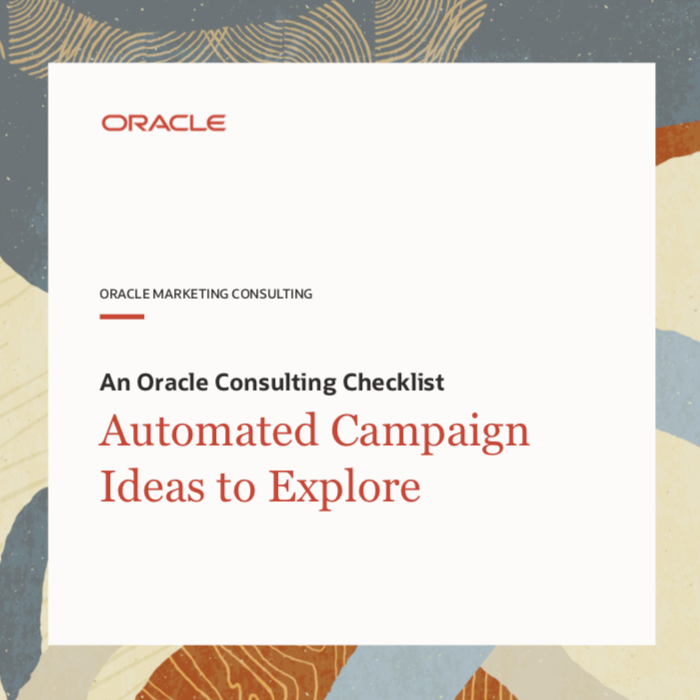Attracting 1-Year-Old and 113-Year-Old Subscribers
Posted by Chad S. White on May 7, 2013
 Brands spend a lot of time scrutinizing their checkout process, whether they’re retailers or nonprofits accepting donations. They know that unnecessary friction in the process means frustration for their visitors, lower conversions and fewer repeat purchases. That same scrutiny should be applied to email signup processes since an email subscription is worth a lot of money.
Brands spend a lot of time scrutinizing their checkout process, whether they’re retailers or nonprofits accepting donations. They know that unnecessary friction in the process means frustration for their visitors, lower conversions and fewer repeat purchases. That same scrutiny should be applied to email signup processes since an email subscription is worth a lot of money.
ExactTarget examined email subscription processes of more than 160 B2C brands—including retailers, restaurants, manufacturers, travel and hospitality, and nonprofits—and found plenty of unnecessary friction. One area that is emblematic of the kinds of opportunities that brands have to make their signup process smoother is the dropdown menus used to collect year of birth.
For example, Boden’s email opt-in form starts with the current year. Clearly they don’t want 1-year-olds on their email list, so it makes sense to start with an earlier date so that older would-be subscribers have to scroll less. As it currently stands, anyone over 18 (born before 1995) would have to scroll to select their birth year—and for J. Jill that likely means that the vast, vast majority of their subscribers had to scroll.
Similarly, AutoZone’s dropdown menu started with the year 2011 and J. Jill’s with the year 2009, as if 2- and 4-year-old subscribers are acceptable.
At the other end of the spectrum, Applebee’s and Tide’s opt-in forms were deferential to the oldest living people on the planet, starting their dropdown menu with the year 1900 and making those born in 1929 and later scroll. For someone in their 30s or 40s that meant a lot of scrolling.
While those brands make would-be subscribers work a little harder to sign up for promotional emails, Wine.com is clearly paying attention to the details. Their dropdown menu starts with the year 1993, the earliest year that you could be of legal drinking age. That’s smart.
And although many brands like Wine.com ask for their subscribers’ date of birth for legal and compliance reasons, it’s wise to couch the request as an opportunity for the subscriber to get something in exchange for this data. DailyCandy does a good job on their opt-in form of explaining why they need your birth date while answering the question every subscriber is asking themselves: “What’s in it for me?”
While this may all seem a little picky to some, consumers get hung up on the details, so you should sweat the details. Less friction in your signup process means more visitors convert into subscribers, which means a more successful email marketing program.
Category: Uncategorized

Welcome! Email Marketing Rules is your guide to understanding the best practices of this complex, often misunderstood channel as you craft the best executions for your brand. Every week, we’ll explore strategies and tactics, discuss tips and inspiration, and dig into industry news and trends.
Chad S. White
Head of Research
Oracle Digital Experience Agency
Author of Email Marketing Rules and nearly 4,000 articles about digital and email marketing
Topics
Recent Posts
Archives
- June 2025 (7)
- May 2025 (6)
- April 2025 (4)
- March 2025 (5)
- February 2025 (7)
- January 2025 (7)
- December 2024 (7)
- November 2024 (5)
- October 2024 (9)
- September 2024 (9)
- August 2024 (7)
- July 2024 (4)
- June 2024 (6)
- May 2024 (6)
- April 2024 (6)
- March 2024 (9)
- February 2024 (10)
- January 2024 (7)
- December 2023 (7)
- November 2023 (6)
- October 2023 (9)
- September 2023 (6)
- August 2023 (9)
- July 2023 (7)
- June 2023 (8)
- May 2023 (8)
- April 2023 (9)
- March 2023 (9)
- February 2023 (6)
- January 2023 (10)
- December 2022 (5)
- November 2022 (7)
- October 2022 (9)
- September 2022 (9)
- August 2022 (6)
- July 2022 (5)
- June 2022 (8)
- May 2022 (7)
- April 2022 (4)
- March 2022 (9)
- February 2022 (7)
- January 2022 (7)
- December 2021 (5)
- November 2021 (7)
- October 2021 (9)
- September 2021 (7)
- August 2021 (9)
- July 2021 (6)
- June 2021 (8)
- May 2021 (6)
- April 2021 (3)
- March 2021 (6)
- February 2021 (6)
- January 2021 (9)
- December 2020 (8)
- November 2020 (6)
- October 2020 (10)
- September 2020 (9)
- August 2020 (8)
- July 2020 (10)
- June 2020 (12)
- May 2020 (6)
- April 2020 (5)
- March 2020 (8)
- February 2020 (6)
- January 2020 (7)
- December 2019 (6)
- November 2019 (5)
- October 2019 (8)
- September 2019 (3)
- August 2019 (4)
- July 2019 (6)
- June 2019 (3)
- May 2019 (7)
- April 2019 (2)
- March 2019 (4)
- February 2019 (3)
- January 2019 (5)
- December 2018 (9)
- November 2018 (7)
- October 2018 (11)
- September 2018 (7)
- August 2018 (9)
- July 2018 (7)
- June 2018 (5)
- May 2018 (5)
- April 2018 (7)
- March 2018 (8)
- February 2018 (3)
- January 2018 (6)
- December 2017 (8)
- November 2017 (8)
- October 2017 (4)
- September 2017 (6)
- August 2017 (5)
- July 2017 (11)
- June 2017 (9)
- May 2017 (8)
- April 2017 (5)
- March 2017 (5)
- February 2017 (3)
- January 2017 (5)
- December 2016 (11)
- November 2016 (6)
- October 2016 (5)
- September 2016 (10)
- August 2016 (10)
- July 2016 (6)
- June 2016 (6)
- May 2016 (8)
- April 2016 (7)
- March 2016 (9)
- February 2016 (8)
- January 2016 (8)
- December 2015 (7)
- November 2015 (8)
- October 2015 (7)
- September 2015 (8)
- August 2015 (4)
- July 2015 (8)
- June 2015 (4)
- May 2015 (6)
- April 2015 (8)
- March 2015 (6)
- February 2015 (9)
- January 2015 (7)
- December 2014 (13)
- November 2014 (7)
- October 2014 (9)
- September 2014 (11)
- August 2014 (13)
- July 2014 (9)
- June 2014 (6)
- May 2014 (8)
- April 2014 (6)
- March 2014 (11)
- February 2014 (7)
- January 2014 (8)
- December 2013 (10)
- November 2013 (8)
- October 2013 (11)
- September 2013 (10)
- August 2013 (12)
- July 2013 (9)
- June 2013 (10)
- May 2013 (12)
- April 2013 (7)
- March 2013 (9)
- February 2013 (5)
 Email Marketing Rules
Email Marketing Rules






































